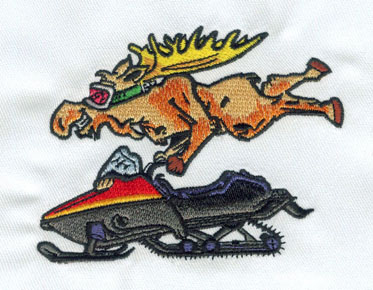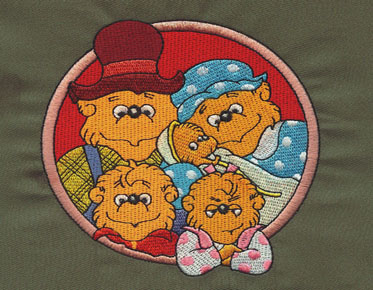Vector Art Collaboration: Streamlining Design Processes
In the world of graphic design, collaboration is key to creating innovative and impactful visuals. Whether you're working on a team project, collaborating with clients, or seeking inspiration from fellow artists, the ability to collaborate effectively can greatly enhance the quality and efficiency of your design process. In this blog post, we'll explore the power of vector art collaboration and how it can streamline design processes, foster creativity, and drive success in various creative endeavors.
The Power of Collaboration
Collaboration involves working together with others to accomplish a shared objective. In the context of graphic design, collaboration allows designers to leverage the diverse skills, perspectives, and ideas of their team members to create more dynamic and compelling visuals. By pooling resources, sharing insights, and bouncing ideas off one another, designers can push the boundaries of creativity and innovation in their work.
Vector Art: The Perfect Canvas
for Collaboration
Vector art is a digital art form created using mathematical equations to define shapes and lines. Unlike raster graphics, which are composed of pixels, vector graphics can be scaled infinitely without losing clarity or resolution, making them ideal for collaborative design projects. Because vector artwork is composed of editable paths and shapes, it's easy for multiple designers to work on the same file simultaneously, making real-time collaboration seamless and efficient.
Tools for Collaboration
There are several tools and platforms
available that facilitate vector art collaboration:
● Cloud-based Design Software: Adobe Creative Cloud and other cloud-based design software offer
collaborative features that allow multiple users to work on the same project in
real-time. Designers can share files, leave comments, and make edits
collaboratively, streamlining the design process and reducing the need for
back-and-forth communication.
● Online Collaboration
Platforms: Platforms like Figma, InVision, and Sketch
enable designers to collaborate remotely on vector art projects. These platforms offer features such as version control,
commenting, and prototyping, making it easy for teams to collaborate
effectively regardless of their location.
● Project Management Tools: Tools like Asana, Trello, and Basecamp help teams organize and coordinate their design projects, ensuring that everyone stays on the same page and deadlines are met. These tools provide features such as task assignment, progress tracking, and file sharing, making it easy to manage complex design projects with multiple stakeholders.
Benefits of Vector Art
Collaboration
● Improved Efficiency: Collaboration streamlines the design process, allowing multiple
designers to work on the same project simultaneously. This reduces the time and
effort required to complete tasks and enables faster turnaround times for
deliverables.
● Enhanced Creativity: Collaborating with others exposes designers to new ideas,
perspectives, and techniques, sparking creativity and innovation. By
brainstorming, sharing feedback, and iterating on designs together, teams can
push the boundaries of what's possible and create more impactful visuals.
● Greater Accountability: Collaborative tools and platforms provide transparency and
accountability, allowing team members to track progress, monitor changes, and
stay informed about project updates. This fosters a culture of accountability
and ensures that everyone remains focused and engaged throughout the design
process.
● Higher Quality Outputs: By leveraging the collective expertise and skills of team members, collaborative design projects often result in higher quality outputs. With multiple eyes on the project, issues can be identified and addressed more quickly, leading to polished and refined designs that meet the client's expectations.
Tips for Successful Collaboration
● Set Clear Goals and
Objectives: Define the project scope, objectives, and
deliverables upfront to ensure that everyone is on the same page.
● Establish Communication
Channels: Use collaborative tools to facilitate
communication and feedback, keeping everyone informed and engaged throughout
the design process.
● Foster a Culture of
Collaboration: Encourage open communication,
collaboration, and idea-sharing among team members, creating a supportive and
inclusive environment for creativity to thrive.
● Embrace Feedback and
Iteration: Solicit feedback from team members and
stakeholders, incorporating their input into the design process to refine and
improve the final product.
● Celebrate Success: Recognize and celebrate achievements and milestones along the way, fostering a sense of camaraderie and accomplishment among team members.
Conclusion
Vector art collaboration is a powerful tool
for streamlining design processes, fostering
creativity, and driving success in graphic design projects. By leveraging the
collective expertise, skills, and insights of team members, designers can
create more dynamic, impactful, and innovative visuals that resonate with
audiences and achieve business objectives. So whether you're working on a team
project, collaborating with clients, or seeking inspiration from fellow
artists, embrace the power of collaboration and watch your designs soar to new
heights.


